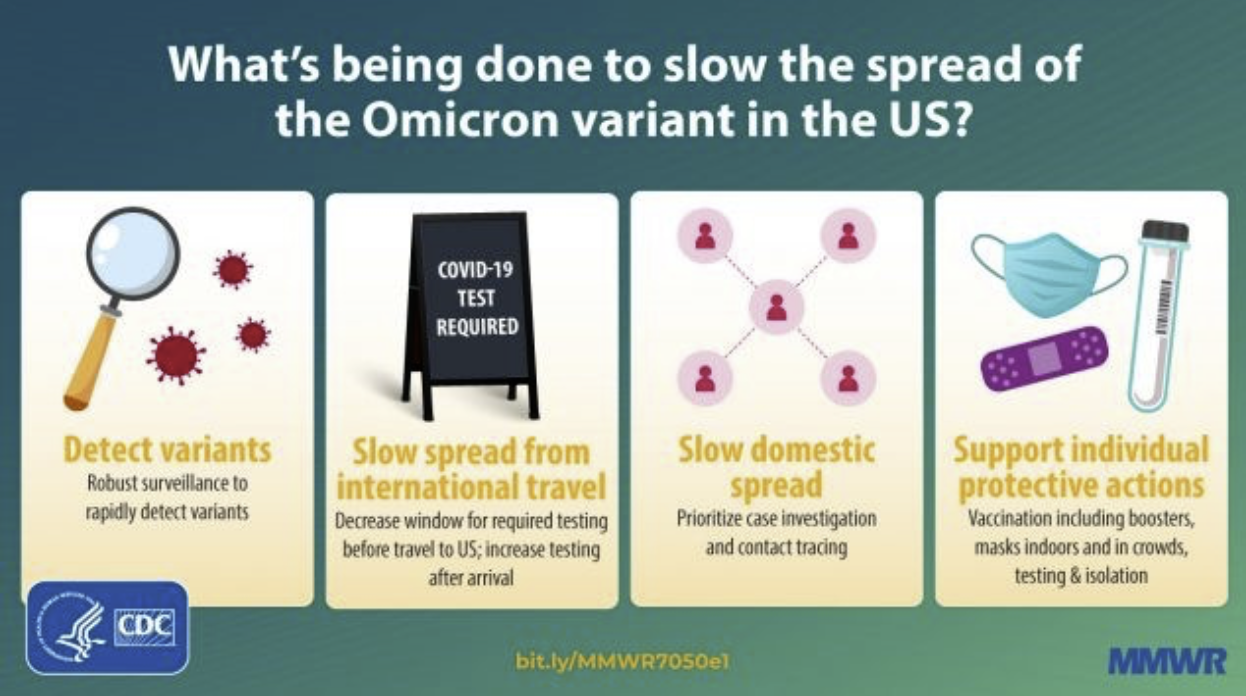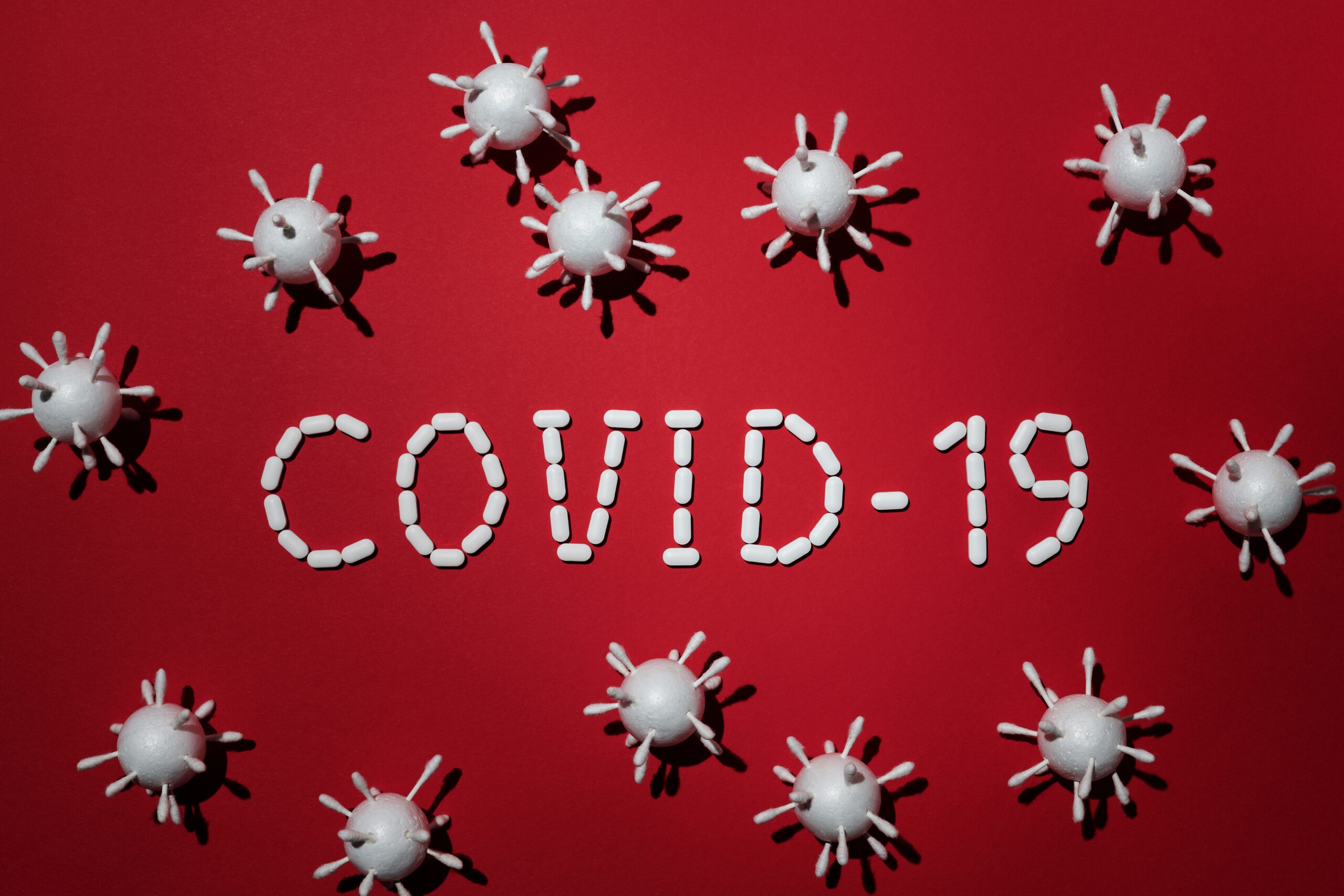COVID-19: Where We Are Now
By Barbara Thurn-Tamayo, DNP, APRN, FNP-C, CPN
It has now been two years since the novel coronavirus SARS-CoV-2, commonly known as COVID-19, was identified. It was originally seen as the cause of an outbreak of viral pneumonia in Wuhan, China but quickly spread worldwide (USDHHS, 2021). Since it was first discovered there have been 331 million cases, resulting in 5.55 million deaths (Allen et al, 2022). Mass vaccination efforts have lessened the likelihood of severe illness and the need for hospitalization or death related to the virus, but even those who are fully vaccinated appear to be able to contract and spread the virus (CDC, 2021). The virus continues to mutate, producing new variants with different characteristics. The newest variant of interest, omicron, is spread more easily than the original virus (CDC, 2021). Easier spread, coupled with holiday gatherings and “Coronavirus burnout” or “pandemic fatigue” (Parrish, 2020), has most likely contributed to the surge in COVID-19 cases in recent weeks. Preliminary data on omicron, which is estimated to be the cause of up to 95% of COVID-19 cases in the United States (CDC, 2022), suggests that in most cases the infection may be less severe, but the public is urged not to take infection with omicron COVID-19 lightly. It can still cause severe disease and “long COVID.” [more on this in Dr. Szabo’s article] as well as putting a strain on the workforce (particularly the healthcare workforce), the supply chain, and local, national, and global economies. The best preventive measures remain vaccination (with a booster recommended for adults 18 and over who received their first vaccination series at least 6 months ago), high quality medical-grade masks, social distancing, and testing before gathering with those outside your household (CDC, 2021).
References
Allen, J., Almukhtar, S., Aufrichtig, A., Barnard, A., Bloch, M., Cahalan, S., Cai, W., Calderone, J., Collins, K., Conlen, M., Cook, L., Gianordoli, G., Harmon, A., Harris, R., Hassan, A., Huang, J., Issawi, D., Ivory, D., Lai, K., … Yourish, K. (2022, January 18). Coronavirus in the U.S.: Latest map and case count. The New York Times. https://www.nytimes.com/interactive/2021/us/covid-cases.html.
Centers for Disease Control and Prevention. (n.d.). COVID data tracker. Retrieved January 18, 2022, from https://covid.cdc.gov/covid-data-tracker/#datatracker-home.
Centers for Disease Control and Prevention. (2021, December 2). COVID-19 vaccination clinical & professional resources. Vaccines and Immunizations. Retrieved January 18, 2022, from https://www.cdc.gov/vaccines/covid-19/index.html.
Parrish, C. (2020, August 11). How to deal with coronavirus burnout and pandemic fatigue. Johns Hopkins Medicine. https://www.hopkinsmedicine.org/health/conditions-and-diseases/coronavirus/how-to-deal-with-coronavirus-burnout-and-pandemic-fatigue.
U.S. Department of Health and Human Services. (2021, October 20). COVID-19, MERS & SARS. National Institute of Allergy and Infectious Diseases. Retrieved January 18, 2022, from https://www.niaid.nih.gov/diseases-conditions/covid-19.

Graphic from CDC.gov
https://www.cdc.gov/mmwr/volumes/70/wr/mm7050e1.htm.

